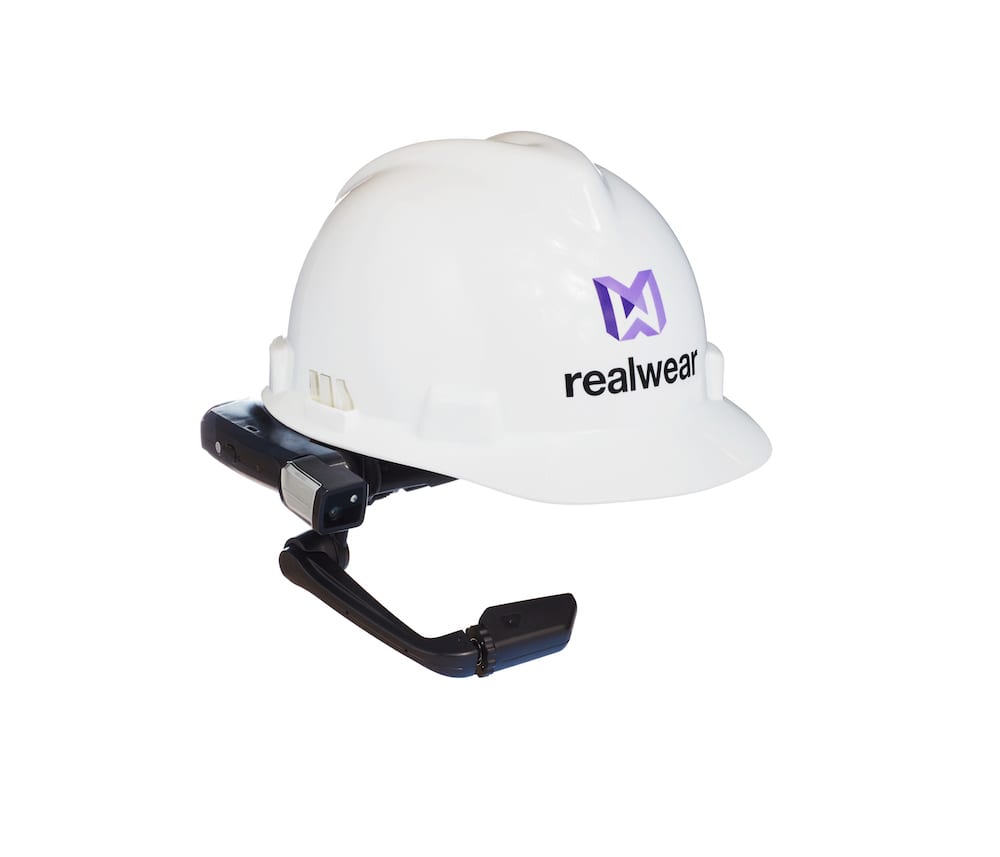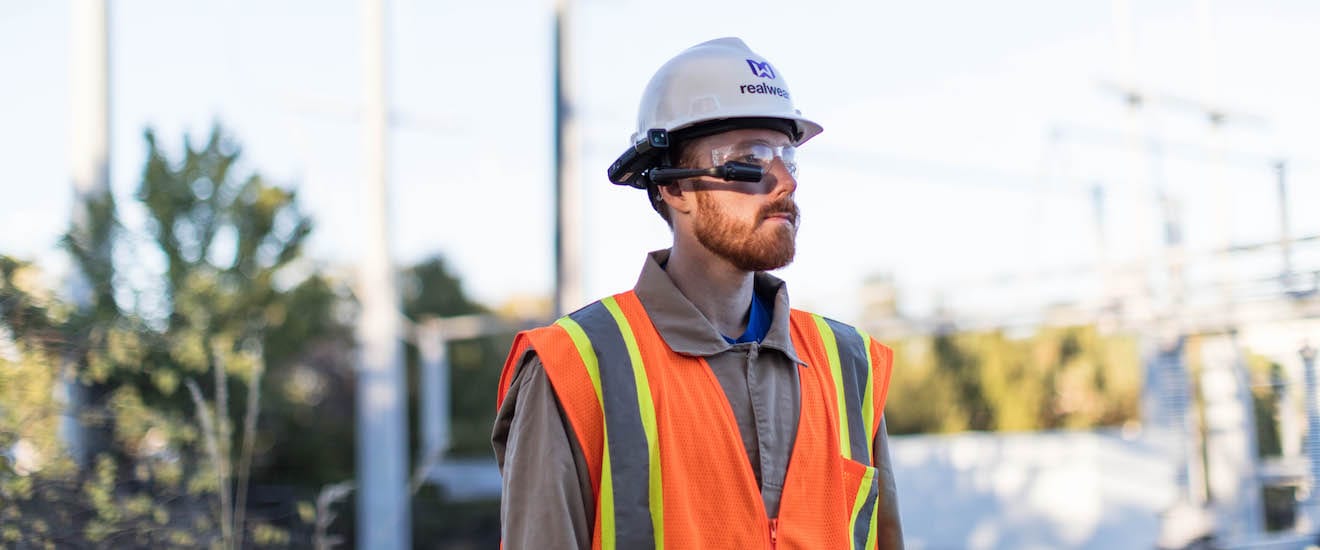Zachary Wassenberg recently went out with a team from energy consultant Burns & McDonnell to survey utility poles on behalf of an energy client in Kansas. It’s something utility companies often do. Storms knock the poles down, data lines get tangled and need to be cleaned, and the poles are often so spread out that it’s just good practice to take inventory of them regularly.
It’s tedious and time-consuming work for field technicians, who must photograph each pole, write down its location on a map along with other identifying information, and then manually enter those details in a database back at the office.
“I don’t know if you’ve ever been to Kansas, but it’s hot and humid,” Wassenberg says of the Kansas summer. “A lot of times you can’t even read your own handwriting.”
But Wassenberg, who heads augmented reality initiatives at energy consultant Burns & McDonnell in Kansas City, has a trick in his toolkit to make the process more efficient. During the recent utility pole distribution survey, Wassenberg wore an industrial AR headset made by RealWear, which helped him turn a cumbersome, analog process into a streamlined and hands-free experience.

Zachary Wassenberg wearing the RealWear HMT-1 headset.
Better Resource Planning, Training Opportunities
Vancouver, Washington-based RealWear’s flagship product, the HMT-1, is essentially a helmet equipped with a voice-activated Android computer, a computer and a drop-down display. Using voice commands during the recent survey, Wassenberg instructed the headset to take a picture of each utility pole and update its name in the database. And with the AR overlay, Wassenberg could look into his field of vision and see a landscape of green markers where poles had already been inventoried — thus avoiding any unnecessary work.
RealWear is particularly useful for communications back to base while workers are in the field, Wassenberg says. He adds that by allowing a worker to livestream a job to other engineers, Burns & McDonnell can reduce the number of personnel it must send out to a work site. Senior engineers can also use the technology to guide junior team members through tasks, enabling remote on-the-job training, he says.
SEE ALSO: Lee Company Fights Brain Drain with Massive Smart Glasses Rollout

The RealWear HMT-1 headset.
Even without the livestreaming capability, the HMT-1 lets workers pull up any relevant documents, like schematics or manuals, using voice commands. They can easily switch back and forth between information and tasks — all without using their hands.
Such capabilities are essential for in-the-field workers, who need the technology to just work. Andy Lowery, founder and CEO of RealWear, says his company’s headsets offers features that are important in industries like field service that competitors like Google Glass can’t match. Each headset has enough memory to store about 10 GB of information locally, with a storage expansion slot to add 256 GB. It can also recognize a voice command the first time, no matter how much noise is in the background. And when the HMT-1 starts to run out of juice, its battery can be swapped out easily in the middle of a job.
A Growing Partnership Between Technician and Machine
David Krebs, an analyst with consulting firm VDC Research, says that the market for products like the HMT-1 is relatively small right now — “in the tens of thousands of units in 2018.” But he adds that the “growth trajectory and adoption potential is vastly greater with the opportunity for unit shipments to reach 1.5 million units globally by 2022.”
Even though AR technology like RealWear’s HMT-1 headset is just starting to gain traction in field service, Wassenberg says he has high hopes for its future functionality. The ability to monitor employee health data, for example, is one feature he’d like to see because it could potentially help to prevent instances of heatstroke and dehydration for technicians working out in the field.
To RealWear CEO Lowery, the kind of symbiotic computer-human relationship that Wassenberg describes is what he envisions for the technology.
“Humans and computers together can beat Deep Blue hands down every time,” he says, referring to the favorable results in chess that come from pairing humans with AI. “What I’m trying to promote is that harmonious partnership — of tactics and information flow with abstract thinking.”
Images via RealWear


Share this: